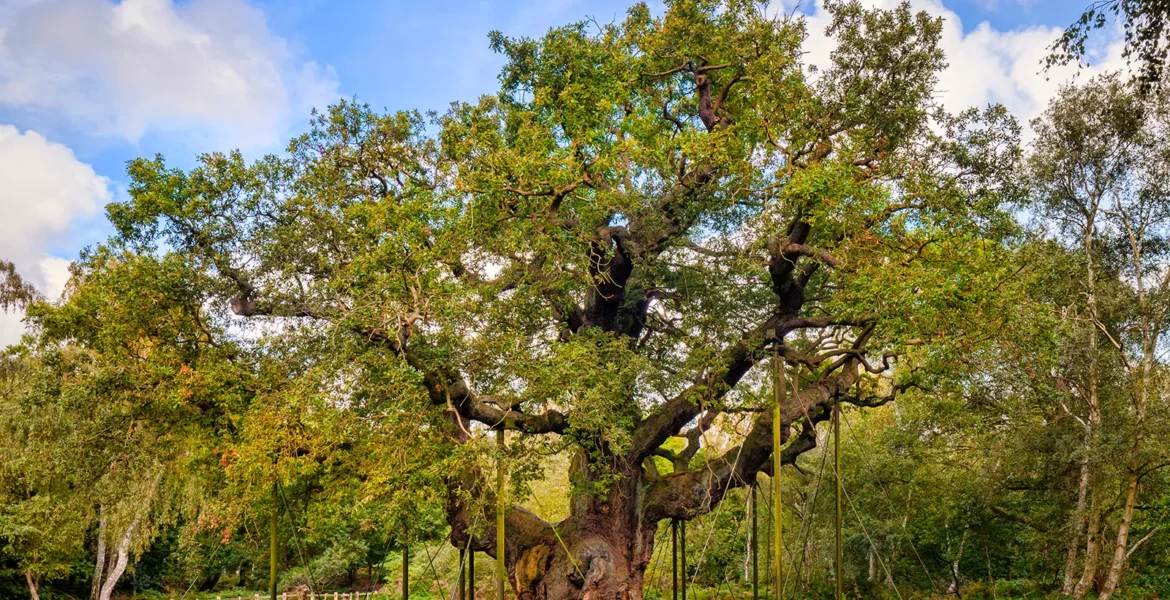From legendary battlegrounds to enchanted forests, literature has introduced us to places that feel almost too magical to exist. But what if you could step into those worlds beyond the pages? Some mythical locations are more than just figments of imagination — they’re real places that have inspired epic tales for centuries. If you’ve ever wanted to explore the settings of legendary stories, here are some destinations where myth and reality beautifully intertwine.
The Ruins of Troy [Turkey]

Few mythical cities are as iconic as Troy, the legendary site of the Trojan War, immortalized in Homer’s Iliad. Once thought to be purely fictional, the ruins of Troy in modern-day Turkey prove otherwise. Excavations have uncovered ancient city walls, remnants of towers, and signs of battles, leading many historians to believe this is the very site where warriors like Achilles and Hector once clashed. Walking through the ruins, you can almost hear the echoes of Homer’s epic verses.
Tokangawhā [New Zealand]

New Zealand’s Tokangawhā (Split Apple Rock) looks like something straight out of a fantasy novel. This massive boulder, perfectly split down the middle, sits in the shallow waters of Abel Tasman National Park. According to Māori legend, the rock was split in a fierce battle between two gods, each fighting for ownership. Today, visitors can kayak or take a boat tour to see this mystical rock formation up close, making it one of the most unique real-life mythical places on Earth.
Mount Olympus [Greece]

The ultimate seat of power in Greek mythology, Mount Olympus was home to Zeus, Hera, Poseidon, and the rest of the Olympian gods. Rising over 9,500 feet above sea level, this majestic mountain in Greece is not just a literary legend — it’s a real place you can hike. The climb up Olympus offers breathtaking landscapes, lush forests, and dramatic cliffs, making it easy to see why the ancients believed this was a realm fit for gods.
Giant’s Causeway [Northern Ireland]

One of the most otherworldly landscapes in the world, Giant’s Causeway in Northern Ireland is steeped in legend. According to Irish mythology, the giant Finn McCool built this path of hexagonal stone columns to reach Scotland and fight his rival. In reality, these incredible formations were created by volcanic activity over 50 million years ago — but standing among them, it’s easy to believe in giants.
Loch Ness [Scotland]

For centuries, Loch Ness has captivated imaginations as the supposed home of the mysterious Loch Ness Monster. First mentioned in literature as far back as the 6th century in The Life of St. Columba, this deep, dark lake in Scotland continues to draw visitors hoping for a glimpse of the elusive Nessie. Whether you believe in the legend or not, a trip to Loch Ness, with its misty waters and eerie beauty, is a must for mythology lovers.
Halemaʻumaʻu Crater [Hawaii]

In Hawaiian mythology, the goddess Pele is the ruler of volcanoes, and her legendary home is Halemaʻumaʻu Crater, located within Kīlauea Volcano on the Big Island. This constantly changing volcanic landscape is an awe-inspiring place where lava flows, steam rises, and the ground itself seems alive. Pele’s presence is deeply felt in Hawaiian culture, and visiting this crater offers a glimpse into one of the most powerful and enduring myths of the Pacific.
Mount Kailash [Tibet]

One of the most revered mountains in the world, Mount Kailash in Tibet holds immense spiritual significance in Hinduism, Buddhism, Jainism, and Bon traditions. It is said to be the mythical home of Lord Shiva and the center of the universe in several religious texts. Despite its prominence, Mount Kailash has never been climbed — pilgrims and trekkers only circle its base, completing a sacred journey believed to cleanse sins and bring enlightenment.
[Contributed By Anushka Gaikwad]











